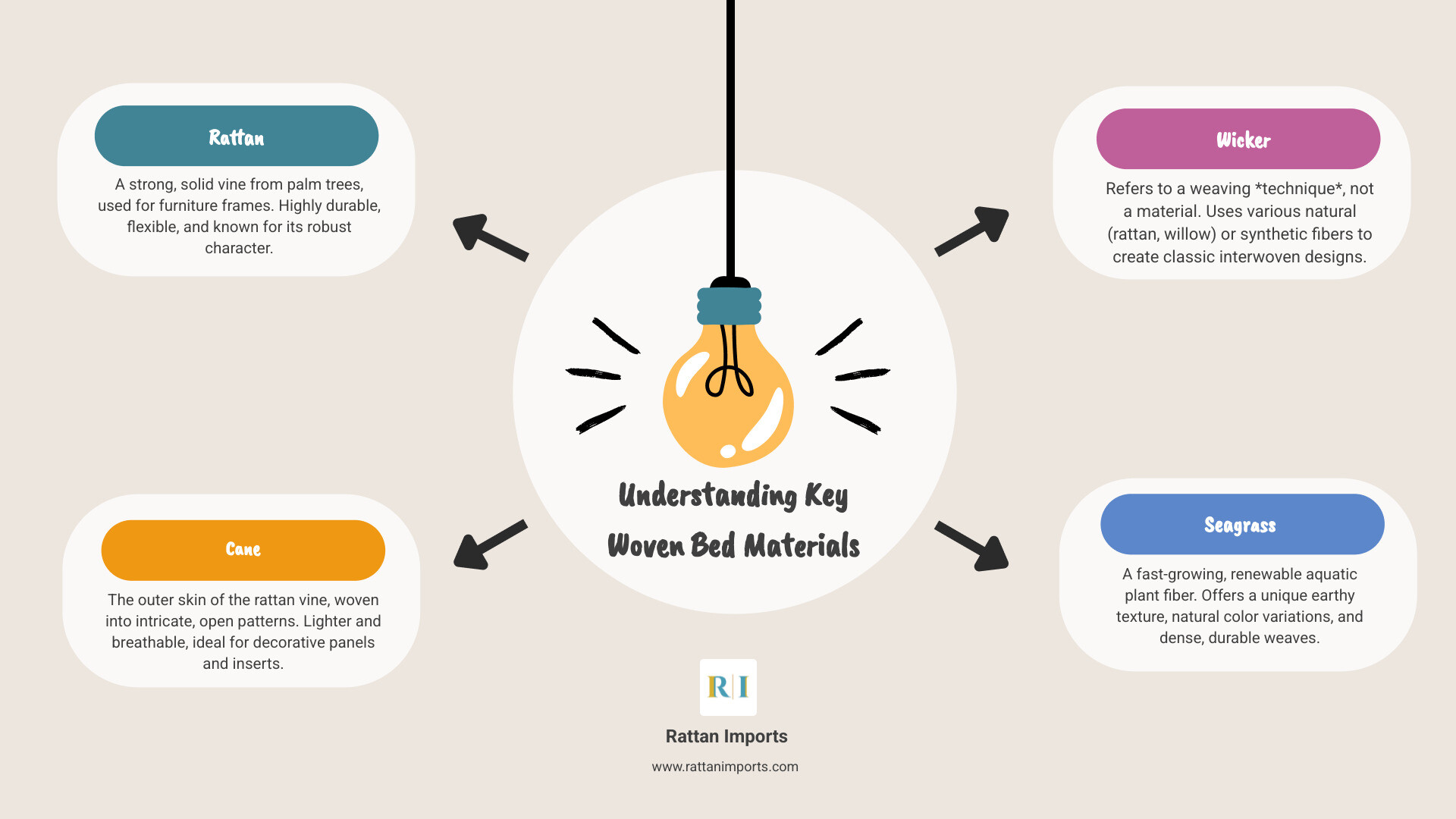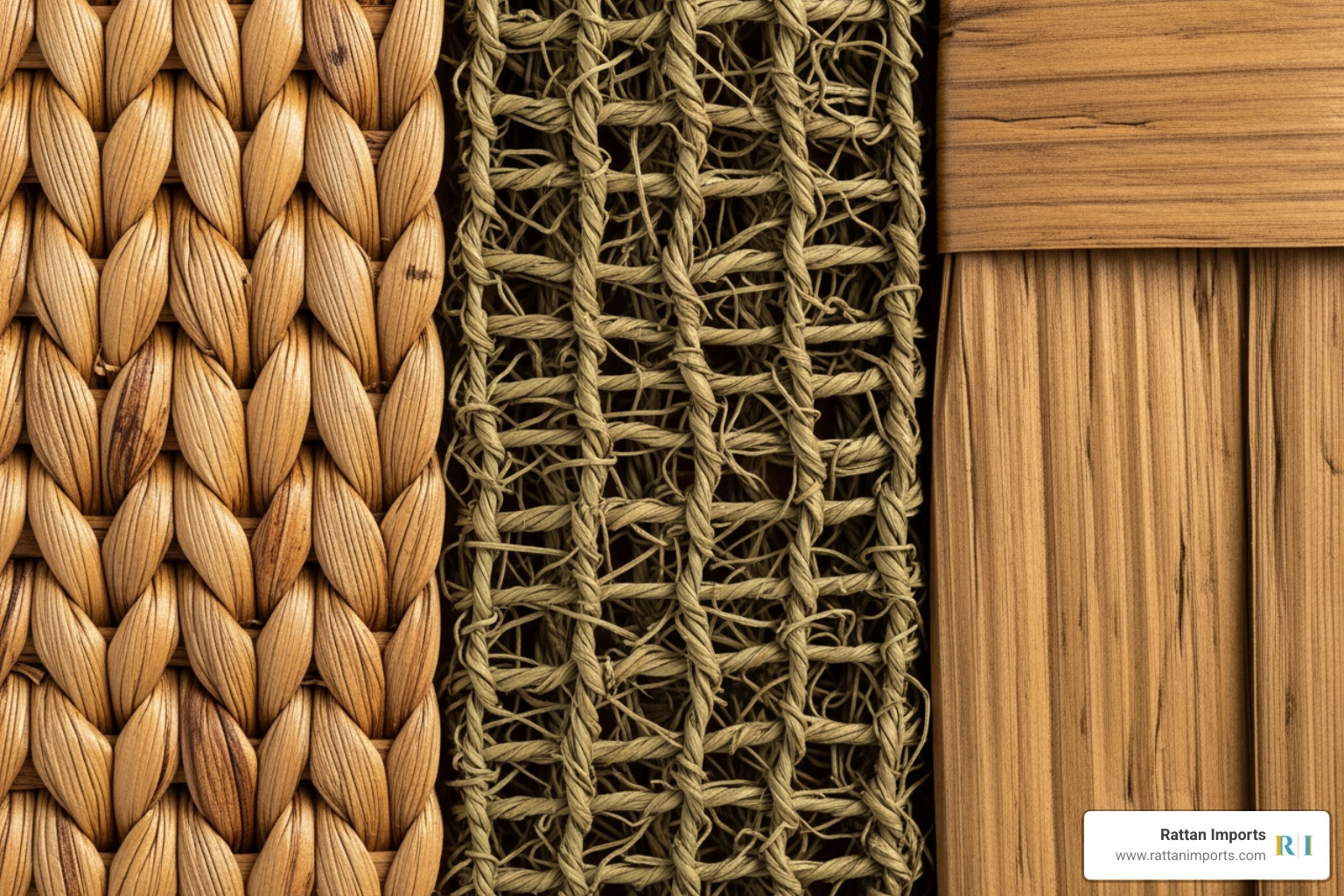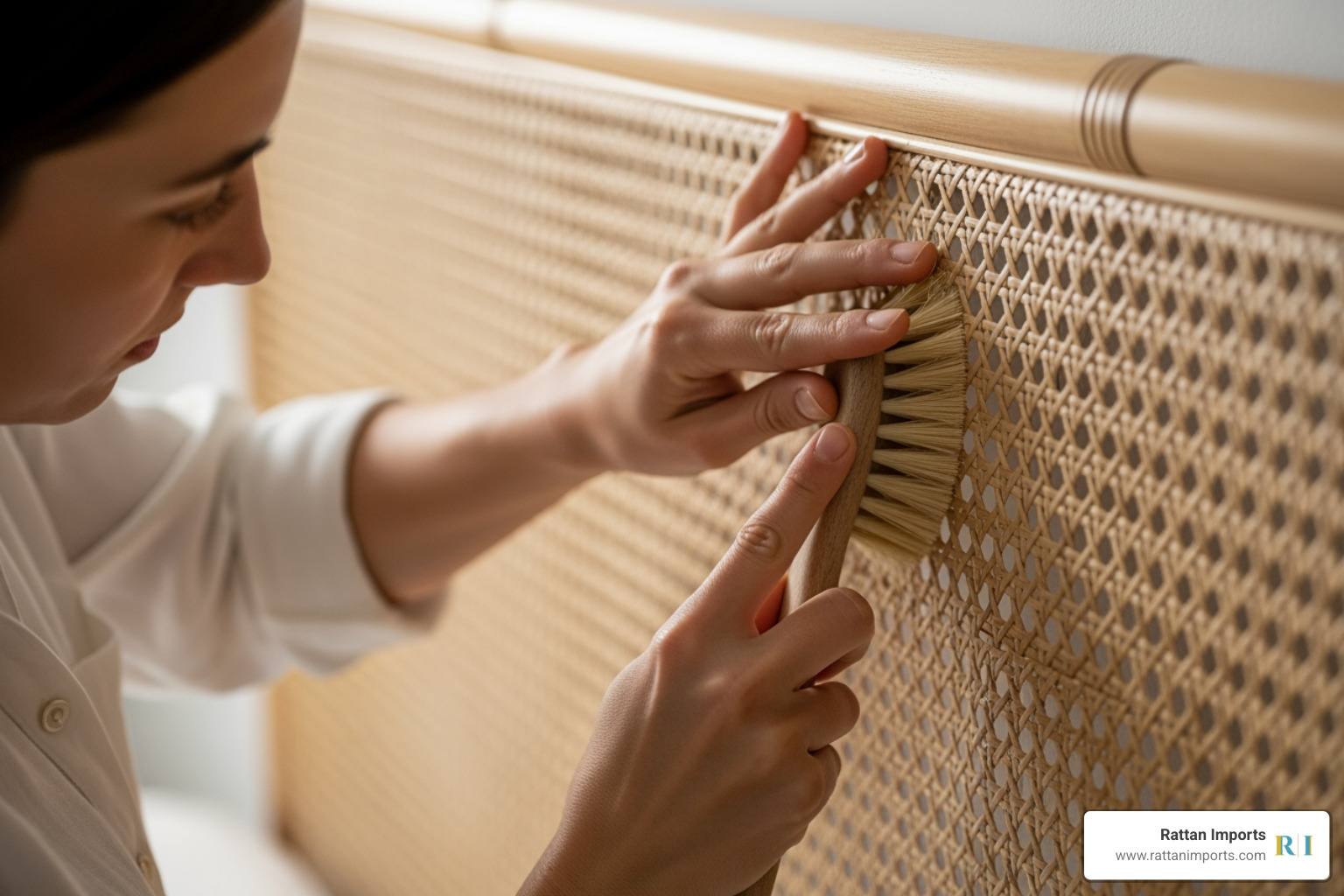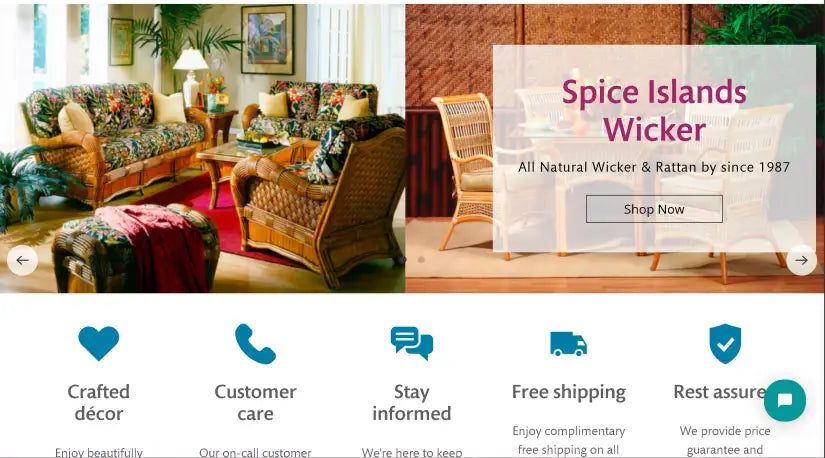Why Woven Beds Are Taking Over Modern Bedrooms
A woven bed features a frame, typically solid wood, with decorative panels on the headboard and footboard made from woven materials like rattan, cane, seagrass, or banana leaf. These handwoven details add natural texture and visual interest to your bedroom.
Quick Guide to Woven Beds:
- Materials: Rattan, cane, wicker, seagrass, banana leaf, water hyacinth
- Styles: Panel beds, platform beds, canopy beds, upholstered hybrid designs
- Best For: Coastal, bohemian, tropical, and transitional decor styles
- Price Range: $500-$5,000+ depending on size, material, and craftsmanship
- Benefits: Breathable, lightweight, eco-friendly, adds natural texture
- Maintenance: Regular dusting, avoid direct sunlight, control humidity
The global woven furniture market is projected to hit $25.3 billion by 2030, reflecting a growing preference for sustainable, natural materials that bring warmth and character to our homes. As the focal point of your bedroom, a woven bed combines timeless beauty with environmental responsibility.
Natural materials like leather-wrapped rattan and woven banana leaf create stunning visual patterns, changing a simple bed frame into a statement piece. These beds work exceptionally well in coastal and bohemian-inspired spaces, but their versatility extends to Scandinavian minimalism and transitional elegance. The natural color variations in materials like seagrass ensure that each piece is unique.
I'm Nino Russo Alesi, founder of Rattan Imports. With over a decade of experience curating natural furniture from Southeast Asia, I specialize in woven bed frames that bring beauty and warmth into your home. Our team is dedicated to providing expert guidance and personalized support, from material selection to delivery.

Woven bed vocab explained:
- rattan bedroom furniture
- rattan bedroom dresser
- cane nightstands set of 2
The World of Woven Beds: Materials and Types
When you explore woven beds, you find a world where nature meets craftsmanship. Each bed tells a story through its materials—sturdy rattan from tropical forests, seagrass from coastal waters, or banana leaves transformed by skilled artisans. Understanding these materials helps you choose a bed that's not just beautiful, but perfectly suited to your lifestyle.

At Rattan Imports, we focus on natural fibers because they offer warmth, character, and sustainability that synthetics can't match. Handwoven by artisans, each piece carries the mark of genuine skill. These natural fibers create furniture that's both durable and uniquely beautiful. If you're curious about making the right choice, our guide, "The Definitive Guide to Choosing Rattan Bedroom Furniture," walks you through what you need to know.
Natural Woven Materials
Let's explore the natural materials that make woven bed frames so special.
Rattan is the workhorse of woven furniture. This strong yet flexible vine-like plant can be bent into intricate designs when heated. Its natural color ranges from light honey to rich brown, and it accepts stains well.
Cane is the outer skin of the rattan vine, woven into the classic, airy open-weave pattern. It's lighter and more delicate in appearance than solid rattan, perfect for adding subtle texture to headboards.
Wicker isn't a material but a weaving technique. A "wicker bed" describes how materials like rattan, willow, or bamboo were woven to create the furniture. So, a wicker bed is often a rattan bed woven using the wicker method.
Seagrass is a renewable resource from ocean and river beds. Its robust, slightly coarse texture creates a rustic-yet-refined look. Once finished with a clear lacquer, seagrass handles humidity changes well.
Banana leaf offers a rich, substantial texture that makes a bold statement. The dried, twisted leaves are woven into patterns that showcase beautiful color variations, from warm tans to deep browns.
Water hyacinth is similar to seagrass but with thicker, softer fibers. This creates a smoother, more pliable weave that feels cozy and inviting. It is also rapidly renewable.
Abaca, or Manila hemp, is an incredibly durable fiber derived from a banana plant species. Naturally resistant to saltwater, it provides a robust, heavily textured weave for rustic or heavy-duty designs.
Bed Styles and Designs
Woven materials are versatile enough to suit almost any bed style.
Panel beds are a classic choice, featuring woven panels set within solid wood or rattan frames. The contrast between the structured frame and the organic weave creates a striking focal point.
Platform beds bring woven materials into modern design. These sleek frames support a mattress without a box spring, and a woven headboard adds the perfect balance of minimalist style and natural warmth.
Canopy beds with woven accents add a dramatic, romantic touch. A canopy frame featuring woven elements transforms your bedroom into a special retreat.
Beds with storage incorporate drawers into the base, offering practical space for linens or clothes. The woven details maintain a natural aesthetic while solving storage challenges. For ideas, see our article, "Stylish Cane Beds That Secretly Stash Your Stuff."
Headboard-only options let you update your bedroom's look without a full frame. A woven headboard instantly brings texture and personality to your existing setup with minimal effort.
Why Choose a Woven Bed? Benefits for Your Bedroom
Bringing natural elements into your bedroom creates a personal sanctuary that feels both grounded and beautiful. When you choose a woven bed, you're not just buying furniture—you're inviting the calm of nature into your personal space.

The first thing you'll notice about a woven bed is its beauty. The intricate patterns and natural textures add warmth and character that solid wood or metal frames can't match. While you might associate them with beach houses, these beds are remarkably versatile, adapting to countless design styles from relaxed and casual to refined and neat.
The practical benefits are just as impressive. Natural fibers are breathable, allowing air to circulate and contributing to a cooler sleeping environment. Many woven beds are also surprisingly lightweight compared to solid wood, making furniture rearrangements much easier.
A well-constructed woven bed built on a kiln-dried wood frame with expertly handwoven panels will serve you for years. These are not delicate pieces; they're designed for everyday life. For more on what makes this style so practical, explore our guide, "From Beach to Bed: Unpacking Coastal Bedroom Furniture."
Complementing Your Decor Style
The chameleon-like quality of woven beds allows them to improve virtually any aesthetic.
- Bohemian: A woven bed is essential for boho style. Its organic texture and artisanal quality harmonize with layered textiles, plants, and eclectic decor.
- Coastal: Nothing captures that breezy, sun-soaked feeling like a woven bed. White wicker, in particular, evokes lazy beach days. Learn more in our article, "Timeless Elegance: Why White Wicker Belongs in Your Bedroom."
- Tropical: A woven bed is the perfect foundation for a tropical paradise. Pair it with lush greenery and vibrant patterns to create a personal retreat. Get tips from our guide, "Your Tropical Retreat: How to Choose the Perfect Bedroom Set."
- Scandinavian: In minimalist designs, the natural materials of a woven bed add essential warmth and texture to clean lines and neutral palettes.
- Transitional: A woven bed bridges the gap between traditional and contemporary, adding a crucial organic element that keeps a space from feeling too formal or stark.
The Eco-Friendly Advantage
Choosing a woven bed means choosing sustainability without sacrificing style. The materials we use are genuinely renewable resources. Rattan grows to maturity in just five to seven years, compared to decades for timber trees. Seagrass and banana leaf regenerate even more quickly.
These natural materials also have a lower carbon footprint, as harvesting and processing them requires far less energy than producing synthetic materials or processing hardwoods. Many of our pieces are handcrafted, further reducing industrial impact.
By choosing a woven bed, you're supporting environmentally responsible practices and bringing healthier, natural materials into your home. The handcrafted tradition behind these pieces also supports skilled artisans and their communities, preserving traditional skills while providing fair employment.
Your Guide to Buying the Perfect Woven Bed
Choosing the perfect woven bed is an adventure, and knowing what to look for makes all the difference. We're here to walk you through the essentials, from understanding materials to recognizing quality craftsmanship. For a deeper dive, check out our guide, "Beyond the Basics: What to Know About Wicker Bedroom Furniture."
| Feature | Rattan | Seagrass | Synthetic Wicker |
|---|---|---|---|
| Durability | Very high, strong, flexible | High, robust, slightly coarse | High, weather-resistant |
| Cost | Moderate to high | Moderate | Low to moderate |
| Maintenance | Low, dust, wipe clean | Low, dust, wipe clean | Very low, hose down, wipe clean |
| Best-Suited Style | Tropical, Coastal, Boho, Transitional | Coastal, Rustic, Boho, Scandinavian | Outdoor, Modern, Casual |
| Feel | Smooth, warm | Textured, natural, earthy | Smooth, sometimes plastic-like |
| Sustainability | Renewable, natural | Rapidly renewable, natural | Recyclable (some types), petroleum-based |
Key Features of a Quality Woven Bed
When selecting a woven bed, always start with the foundation. Look for these key features:
- Solid Wood Frame: This is essential for stability and strength. A bed without a solid frame won't last.
- Kiln-Dried Wood: This process removes excess moisture from the wood, preventing warping and cracking over time. It's a crucial feature for strength and stability, especially in climates with changing humidity.
- Handwoven Details: Machine-made alternatives can't replicate the artistry of skilled craftspeople. Handweaving gives your bed a unique, one-of-a-kind character.
- Smooth Finish: The finish should be smooth and snag-free on both the woven surfaces and the frame. A clear lacquer protects the natural fibers and improves their durability.
- Strong Joint Construction: Reinforced joints, like mortise and tenon, contribute to the bed's stability and longevity by distributing weight evenly.
- Proper Support System: A sturdy slat system or a solid platform base provides the necessary support for your mattress, preventing sagging and ensuring comfort.
Understanding the Cost of a Woven Bed
The price of a woven bed can range from $500 for a headboard to over $5,000 for a king-size frame. Several factors explain this variation:
- Material Type: High-quality rattan or abaca costs more than synthetic alternatives. Premium combinations, like leather-wrapped rattan, also increase the price.
- Craftsmanship: Handwoven pieces with intricate patterns require significant labor and skill, which is reflected in the cost.
- Brand Reputation: Established brands known for quality, design, and customer service may have higher prices. At Rattan Imports, we stand by our commitment to fair pricing with our Price Guarantee.
- Size and Intricacy: Larger sizes like King require more material and labor. Complex weaves also cost more than simpler designs.
Assembly and Setup
Most of our woven beds are designed for straightforward assembly. While it's often a two-person job, the process is rewarding. Beds come with detailed instructions and all necessary hardware. Before you begin, unbox everything and check the parts list to ensure nothing is missing.
For those who prefer a hands-off approach, many retailers, including Rattan Imports, offer professional assembly services. This service often includes furniture placement, complete assembly, and removal of all packaging, making the process completely hassle-free.
Caring for Your Woven Furniture
We want your woven bed to be a cherished centerpiece in your home for years. The good news is that with a little regular care, these natural beauties can maintain their charm and integrity.

Maintaining your woven bed is surprisingly simple. Regular dusting with a soft, dry cloth or feather duster is your first line of defense. For a deeper clean, use your vacuum cleaner's brush attachment to remove dust from tight corners and textured weaves.
For spot cleaning, use a mild soap solution. Mix a few drops of gentle dish soap in water, lightly dampen a cloth, and wipe the area. Follow with a clean, damp cloth to remove soap residue, then dry thoroughly. Avoid harsh chemicals, as they can dry out, discolor, or damage the natural fibers.
Natural materials can be sensitive to extreme moisture. In very dry climates, a humidifier can prevent fibers from becoming brittle. In humid areas, ensure good air circulation to prevent mold. A moderate, consistent environment is ideal for your woven bed.
Maintenance and Longevity
Beyond routine cleaning, a few proactive steps can significantly extend the life of your woven bed.
Preventing brittleness starts with keeping your bed away from direct heat sources like radiators or heating vents. The concentrated heat can dry out the natural fibers, making them prone to cracking.
Avoiding direct sunlight is another crucial step. Prolonged exposure to UV rays can fade the natural colors and weaken the fibers over time. Position your bed away from unshaded windows or use curtains or blinds for protection.
For minor damage, like a loose or frayed strand, you can often carefully trim it with small scissors. A tiny dab of wood glue can secure a loose but intact strand back into place. For more significant damage, it's best to consult a furniture repair specialist.
While woven beds are durable, dust can accumulate in the textures, which is why regular vacuuming is helpful. You might also notice an occasional creak over time; this is normal and can often be fixed by tightening the hardware.
For context, traditional rope beds needed frequent tightening of the rope lattice to keep the mattress supported; by contrast, modern woven beds use fixed slats or solid platforms on stable wood frames, so upkeep is minimal beyond periodic cleaning and hardware checks.
Frequently Asked Questions about Woven Beds
We love hearing from our customers at Rattan Imports, and over the years, we've noticed some questions come up again and again. Let's tackle the most common concerns so you can make your decision with complete confidence.
Are woven beds durable enough for everyday use?
Absolutely. A quality woven bed is built for everyday use. The key is its construction: a solid, kiln-dried wood frame provides a sturdy foundation. The natural fibers we use, like rattan and seagrass, are remarkably strong and resilient. When combined with expert hand-weaving techniques and a protective finish, the result is a durable bed that maintains its structural integrity and beauty for years. With the simple care routine we recommend, your woven bed can last for decades.
Can I use my existing box spring and mattress?
This depends on the specific design of your woven bed. Many of our beds are platform beds, which have built-in slats or a solid base to support your mattress directly, eliminating the need for a box spring. Using a box spring with a platform bed can make it uncomfortably high and may obscure the headboard.
If your chosen bed does require a foundation, the manufacturer recommendations will specify this. In that case, we suggest a low-profile box spring (around 5-6 inches tall) to maintain a comfortable bed height and keep your woven headboard visible.
Before buying, measure your mattress height to ensure the total bed height will be comfortable. Your existing mattress should be compatible as long as it's the correct size for the frame; woven beds work well with memory foam, innerspring, hybrid, and latex mattresses.
How do I prevent dust from building up in the weave?
The textured beauty of a woven bed can attract dust, but preventing buildup is simple with a consistent routine.
- Weekly Dusting: Use a soft, dry cloth, feather duster, or microfiber cloth to wipe down all woven surfaces. This catches most dust before it settles.
- Monthly Vacuuming: For a deeper clean, use the soft brush attachment on your vacuum cleaner. Gently run it over the woven panels to lift dust from crevices without damaging the fibers.
- For Tight Spaces: A can of compressed air (like one for keyboards) can blow out any trapped dust from intricate patterns. Use it in a well-ventilated area.
This simple maintenance routine quickly becomes second nature and is all you need to keep your woven bed looking fresh and dust-free.
Conclusion
We've explored the beautiful world of woven beds, from the rich variety of natural materials to the many styles available. We've seen why these pieces are capturing hearts in bedrooms across the country, bringing natural elegance into our most personal spaces.
The timeless appeal of a woven bed lies in its ability to adapt to your vision, whether you love coastal, bohemian, or minimalist design. It's more than furniture—it's a reflection of your appreciation for artisanal craftsmanship and your commitment to choosing sustainable, renewable materials for your home.
A woven bed transforms your bedroom into a special retreat. The natural textures and unique, handwoven patterns work together to make your room feel like a sanctuary you never want to leave.
At Rattan Imports, we are committed to bringing you exceptional handcrafted furniture from Southeast Asia. We offer free shipping across the U.S. mainland, and our Price Guarantee ensures you get the best value. Our team is here to guide you every step of the way, from selecting the perfect piece to coordinating delivery.
Choosing bedroom furniture is personal. That's why we curate pieces that combine beauty, durability, and sustainability—furniture you'll treasure for years to come.
Ready to transform your bedroom into the serene sanctuary you deserve? Explore our stunning collection of bedroom furniture and find the woven bed that speaks to you.


